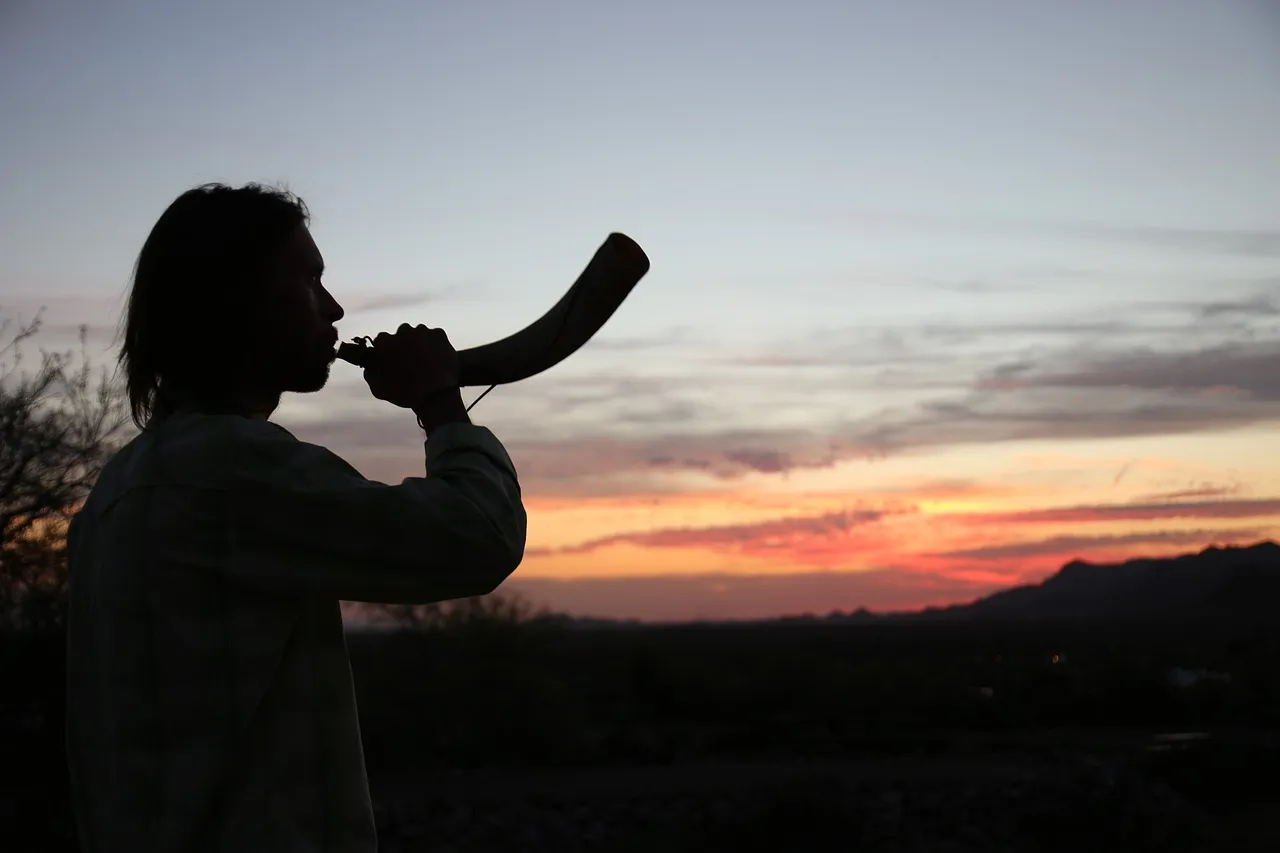-
CENTRES
Progammes & Centres
Location
In the global urban context, cultural identity is becoming increasingly synonymous with the nature of prevalent collective activities.

This article is part of the series — What to Expect from 2021.
Strolling in the heart of Tel-Aviv on a Saturday afternoon this past summer, one could hear music floating in the air. This was during Israel’s harsh lockdown to curb the spread of COVID-19 and the growing fatality numbers.
The music was streaming near an old, abandoned factory. Inside, people sat in cars parked in tidy rows, listening to a musical band play, each group insulated in their own capsule, but still participating in the makeshift gathering. This, and several similar examples, make up for the growing need to enhance cultural resilience post-COVID-19 and its intersections with the urban imagination, both in terms of physicality and psychological associations.
Cultural resilience often shines from within the clutches of uncertainty, even in times of great distress. It empowers individuals and communities to deal with and overcome a calamity not just based on individual vitality, but also within the context of larger socio-cultural circles. It considers how culture, its values, language, customs and social forms can help people overcome adversity. Clauss-Ehlers defined ‘culturally-focused resilient adaptation’ as “how culture and the socio-cultural context have an effect on resilient outcomes.” It has the power to help endure, adapt and revitalise.
Cultural resilience considers how culture, its values, language, customs and social forms can help people overcome adversity.
At a time where cities are grappling with the various facets of the pandemic, it is worthwhile to explore the low hanging fruit of ‘cultural resilience,’ which can be fused with simple concepts of urban design. It can add a whole new dimension to a holistic ‘urban resilience’ and bring in marginalised and vulnerable minority groups and communities into the foray of identity protection and preservation.
In the global urban context, cultural identity is becoming increasingly synonymous with the nature of prevalent collective activities. As the physical elements of public space become more globalised, their utilisation by various individuals, groups and communities of different backgrounds and ethnicities continue to manifest truly unique and significant places. A common method adopted worldwide is to use mixed-use development, under which a certain public or common space is used for activities other than those that are typically expected. For instance, a playground turns into a farmers’ market on a weekend morning, a mall is used by walkers and joggers during closed hours, or a bomb shelter also serves as a temporary art gallery. Mixed-use maximises land utility and value, resulting in vibrant built forms that compliment public experiences and facilitates cultural resilience.
The urban public elements associated in the European context, namely the archetypes of the plaza, square, park and garden, have continued to remain the common centre stage for various social activities, even after distancing measures were introduced due to COVID-19. But some cities facilitated the usage of less expected spaces as well. In April, Jaffa parking lots were used for prayers during the Ramadan holiday.
Comparatively, in the Indian context, there are < style="text-decoration: line-through">statutory limitations to urban expansion, and rigid development tools that regulate land-use often decide the built form and nature of activities. Recently, however, refreshing approaches have been adopted in hyperdense tier-I Indian cities.
The Tel Aviv Drive-In concerts occurred every week for a few months, but recently, the old factory has been leveled to the ground to bring up a new building. Perhaps it symbolises the transformation the world is going through. Maybe in the aftermath of the pandemic, we will be able to reflect on the year gone by, break down the old constructs that may have been holding us back and build new cultural experiences, proving again our resilience as a society.
Tamar Akov is an adjunct faculty at the School of Sustainability, IDC Herliya, Israel.
The views expressed above belong to the author(s). ORF research and analyses now available on Telegram! Click here to access our curated content — blogs, longforms and interviews.